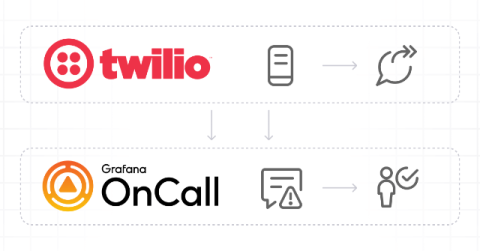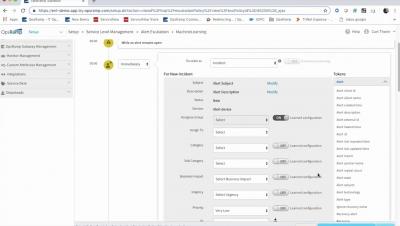Operations | Monitoring | ITSM | DevOps | Cloud
Call Routing
Live Call Routing/ Dedicated Lines (Powered by OnPage)
Patient to On-Call Staff Communication - Live Call Routing/ Dedicated Lines (Powered by OnPage)
A guide to Grafana OnCall SMS and call routing
What is Live Call Routing?
If there’s one essential thing we’ve learned from being in the business of digital operations for more than 13 years, it’s that every business has a unique approach to building resilience with its bespoke tech stacks and processes. Many PagerDuty customers around the world are starting to provide direct access to their on-call teams with Live Call Routing (LCR).
How To Build an Escalation Policy for Effective Incident Management
Regardless of your organization’s size, industry, or security measures, you will inevitably face IT incidents. But what do you do if an incident affects a critical system and your on-call responders can’t resolve it? Does your team have a set of clearly outlined next steps they should take to handle the issue? Answering these questions can be complicated, even more so for large organizations that rely on cloud-based services to fuel their IT environment.
Alert Escalation in Enterprise Alert
Enterprise Alert® is the leading enterprise-class software for automated, targeted, and traceable alerting. But what does “escalation” mean in this case? In the course of my work, be it with new customers, existing customers or even prospects, I repeatedly find that the term escalation is often defined very differently. Therefore, I would like to clarify in the context of this blog what we mean by escalation.
Optimizing Your Alerting Escalation Policy
Reacting to alerts can be a pain, however, there are ways to be proactive and decrease frustration concerning IT Alerting. Developing an alerting strategy saves IT Operations and Development teams time, money, and eliminates notifications from low priority alerts. Keep reading for more information on routing and escalation chains, fielding alerts, and how to communicate an alerting strategy to management.
Building a Smarter Escalation Matrix with Uptime.com
The idea behind an escalation matrix is simple: the situation requires greater authority to resolve. Authority can take many forms, including experience with a particular toolset or simply the proper permissions to flip the right switches. Therefore, escalation must involve putting the proper information into the right person’s hands (well, device).











